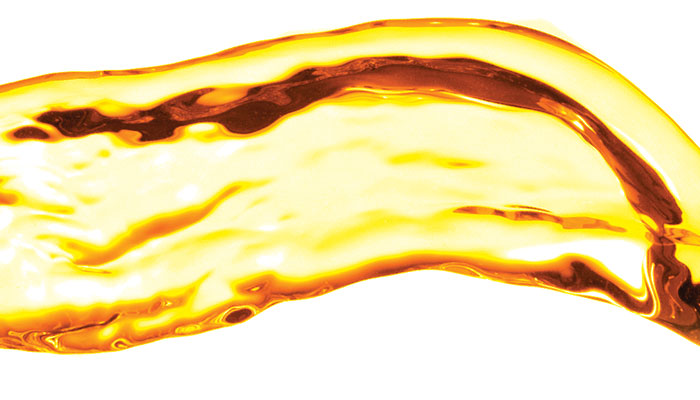All
20 Percent Biodiesel Is OK

Heating oil and biodiesel can be blended and stored at the B20 level and higher just as easily as they can at lower blend levels, according to Brian Savage, President of Savage Associates Inc., a New Jersey-based provider of bulk terminal equipment and services. Savage told Oil & Energy that fuel suppliers can manage and deliver B20 blends effectively by using sound practices for the purchase, storage, blending and treatment of their fuels. His company has installed biodiesel storage and blending equipment at 19 terminals and has seven more projects now under way.
Terminals that blend their own distillates with B99 or B100 can enjoy troublefree handling of B blends by using the right equipment and paying attention to a few important parameters, according to Savage. When they purchase their B99 or B100, they should be sure the fuel meets the ASTM 6751 specification for biodiesel, and they should test the fuel and ask the supplier what feedstocks were used. Soybased biodiesels can be stored at 45°F to 50° without issue, but biodiesels derived from animal rendering require storage at 60°, he said. Depending on the ambient temperatures in the storage area, higher storage temperatures might be required. The B100 or B99 must be delivered at temperatures high enough to allow it to flow into the recipient’s tank, and in some cases the tanks must be insulated and heated. Savage said that a well insulated tank often requires very little heating to maintain temperature if the B100 is delivered warm. Biodiesel blends will remain stable as long as they are thoroughly blended, using an in-line blender downstream of where the two fuel lines meet, according to Savage. Marketers should use pour point depressants as needed to ensure the blended fuel will not gel in the conditions where it will be stored.
He says that biodiesel should never be splash-blended or sequentially blended into distillate fuel, because the fuels are more likely to separate and wreak havoc in a truck tank or a customer’s tank. To store and handle B100 with assurance during winter, terminal owners need an insulated tank with traced and insulated piping, and proper temperature instrumentation, temperature controls and heating processes. It is vital that B100 and distillates be stored at compatible temperatures when they are blended, according to Savage. If the temperature difference between the two fuels exceeds 20 degrees, microbes will form in excessive quantities and damage the fuel – and even the tanks and tank equipment. The blended fuel should be protected from excess moisture during storage by using tanks that are properly vented and dried. Savage Associates has installed biodiesel and Bioheat® blending systems in Central America for processing B100 for off-road diesel equipment, as well as systems in the U.S. South for blending B85 diesel for on-road vehicles.
Related Posts
 The Possibilities of Renewable Propane
The Possibilities of Renewable Propane
Posted on March 13, 2024
 Propane Can Do That
Propane Can Do That
Posted on March 12, 2024
 Take Action and Take Control of Your Future at Industry Summit VI and Visions ‘24
Take Action and Take Control of Your Future at Industry Summit VI and Visions ‘24
Posted on March 11, 2024
Enter your email to receive important news and article updates.

